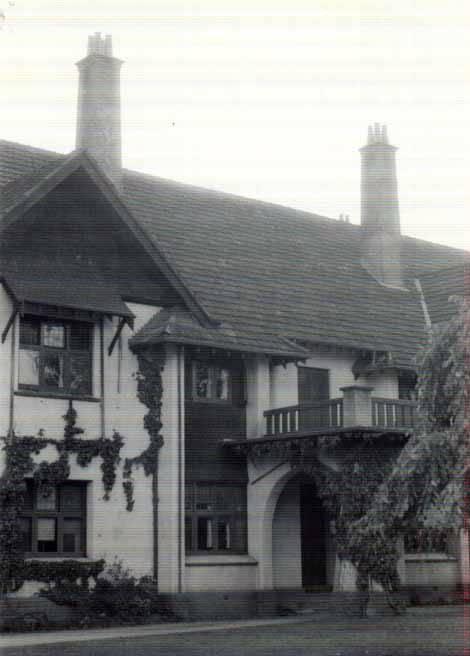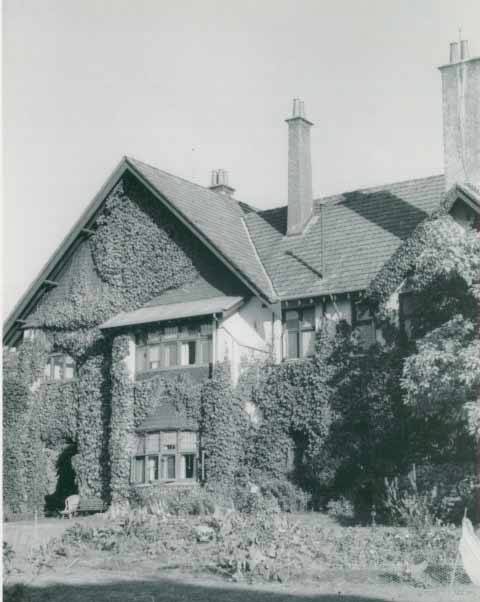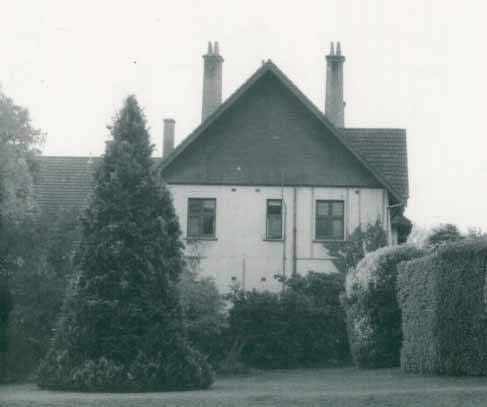| Back to search results » | Back to search page » |
|
Wombat Park House & Garden
LocationRMB 3356 Malmsbury Road,, DAYLESFORD VIC 3460 - Property No B0976
File NumberB0976LevelState |
|
Statement of Significance
The main house at Wombat Park, constructed c.1910-12 and the nearby stables dating from c.1860, are of State significance: File note 26/06/2012: G13088 amalgamated & filed with B0976.
- architecturally, as an important and fine example of the work of the notable Melbourne architect and advocate of the Arts and Crafts, Rodney Alsop;
- architecturally, as an intact exemplar of the English-inspired Arts and Crafts style, both in its external and internal appearance, planning and choice of materials and decoration. Particularly noteworthy is the fine internal timberwork to internal panelling, balustrades (importantly stained and not painted), fretwork and window joinery, and also the original light fittings and door hardware.
- historically, for its continuation as a substantial country seat since the mid-nineteenth century, incorporating a substantial garden and nearby twin gable stable complex which date from the nineteenth century, and the more recent substantial house which replaced an earlier nineteenth century villa built on the same site.
Classified: 17/06/1965
Revised: 03/08/1998
Garden Signnificance:
Wombat Park's garden first planted in the early 1850s and continuously developed throughout the nineteenth and early twentieth centuries, with a new residence erected c.1910-12, is of State significance:
- historically, as a fine example of a nineteenth century homestead garden; intact features include extensive mature tree and shrub plantings, the early drive with later avenue planting, and an elevated site overlooking a creek;
- historically, for its relationship with the town of Daylesford (which was surveyed from the Wombat Park pastoral run); the pastoral nature of Wombat Park forms a strong contrast to the dense urban setting of Daylesford; the garden at Wombat Park and Wombat Hill (Daylesford Botanic Gardens) exhibit many similarities in age and planting and their relationship is reinforced by their close proximity and strong links with W E Stanbridge;
- scientifically and historically, for its collection of mature trees and shrubs dating from the 1850s to the early part of the twentieth century, including several rare conifers such as Pinus quadrifolia and Calocedrus decurrens, and other rare or outstanding trees such as Castanea sativa 'Albo-marginata', Fagus sylvatica and cultivars, and Chamaecyparis lawsoniana;
- historically, for its retention of garden design elements from the nineteenth and early twentieth centuries, including the entry drive and avenue planting, arboretum, tapestry hedge, orchard area, aviary and tennis court;
- aesthetically, for its contrast between the mature elm avenue, the arboretum, lawns and long vistas.
The main house at Wombat Park, constructed c.1910-12 and the nearby stables dating from c.1860, are of State significance:
- architecturally, as an important and fine example of the work of the notable Melbourne architect and advocate of the Arts and Crafts, Rodney Alsop;
- architecturally, as an intact exemplar of the English-inspired Arts and Crafts style, both in its external and internal appearance, planning and choice of materials and decoration. Particularly noteworthy is the fine internal timberwork to internal panelling, balustrades (importantly stained and not painted), fretwork and window joinery, and also the original light fittings and door hardware.
- historically, for its continuation as a substantial country seat since the mid-nineteenth century, incorporating a substantial garden and nearby twin gable stable complex which date from the nineteenth century, and the more recent substantial house which replaced an earlier nineteenth century villa built on the same site.
Group
Parks, Gardens and Trees
Category
Garden Residential






